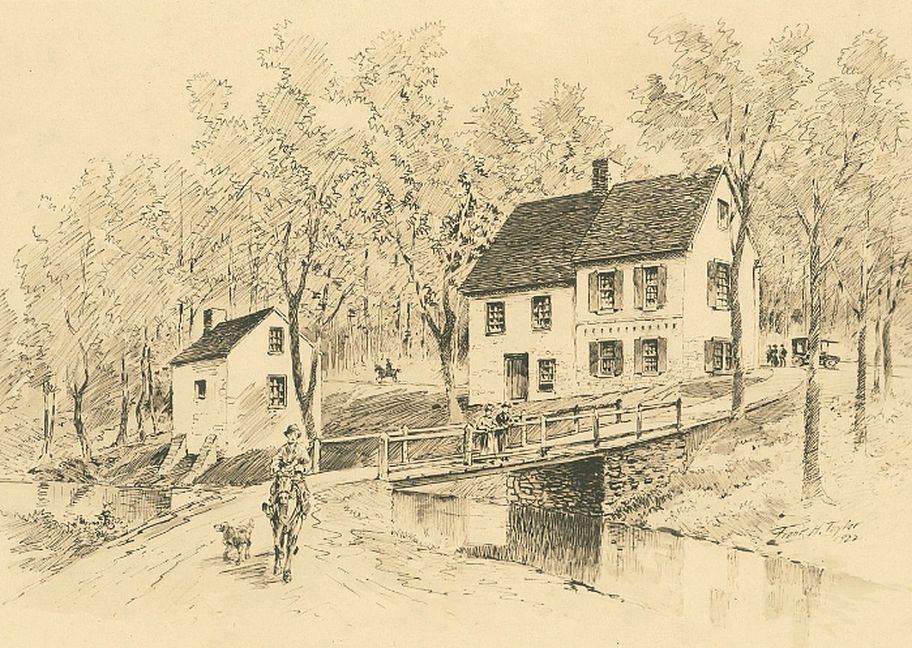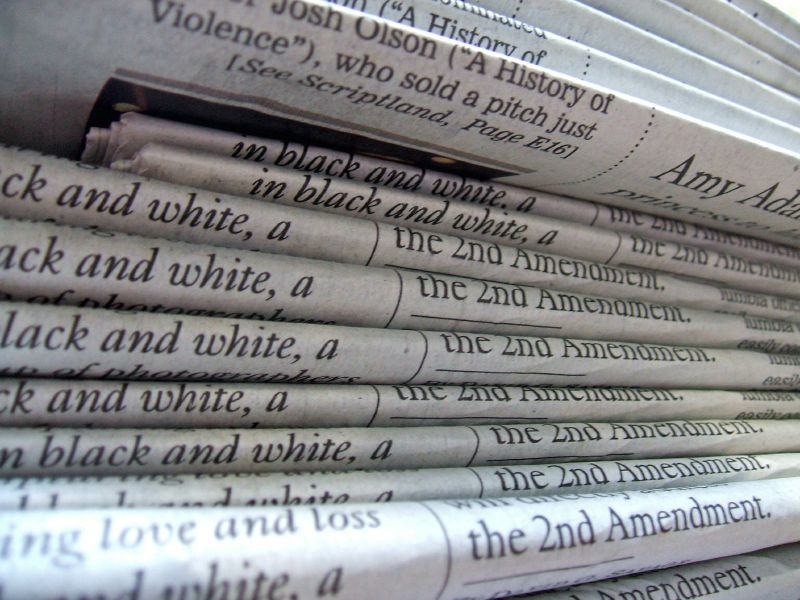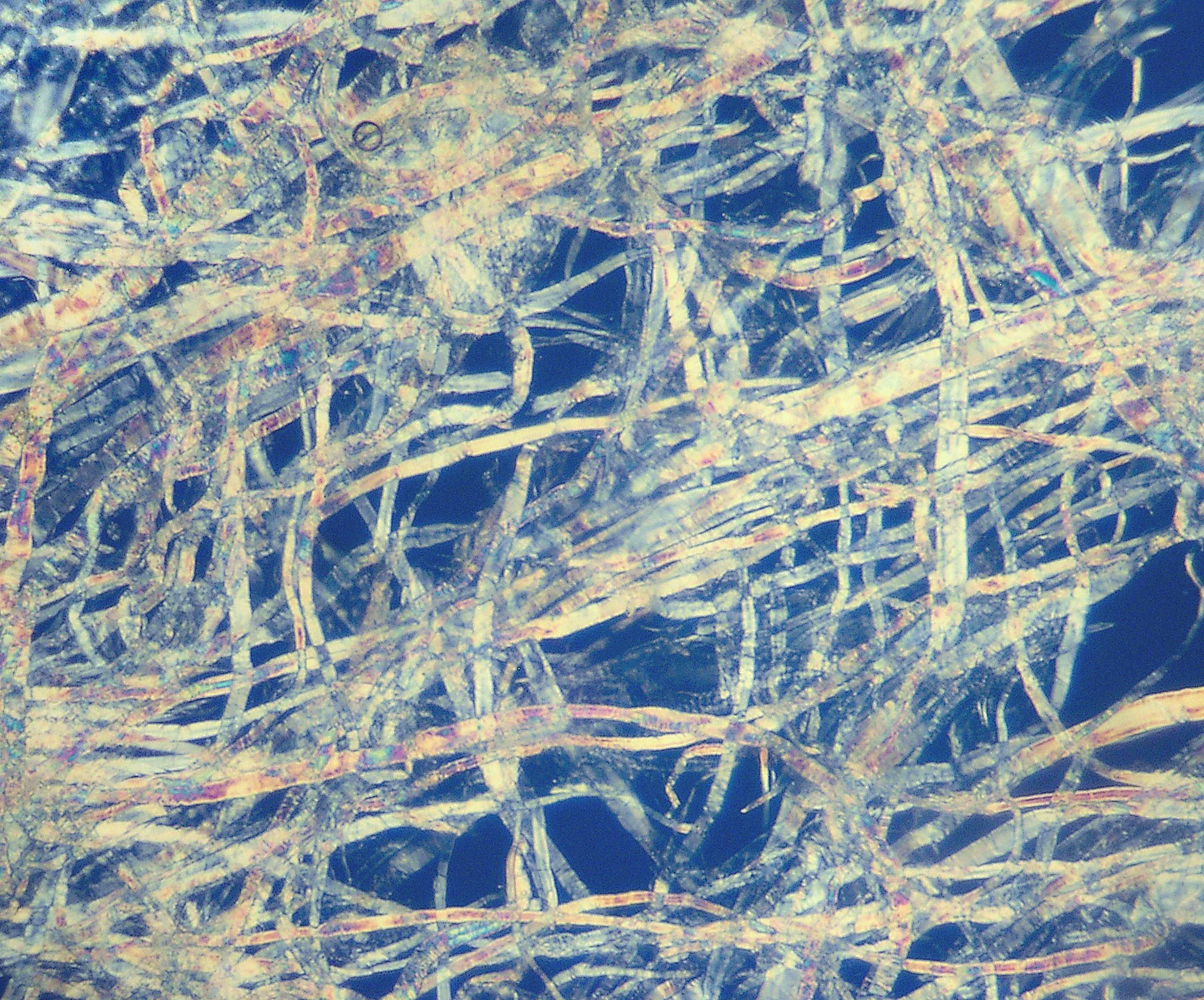|
Pulp And Paper Industry
The pulp and paper industry comprises companies that use wood, specifically pulpwood, as raw material and produce pulp, paper, paperboard, and other cellulose-based products. Manufacturing process In the manufacturing process, pulp is introduced into a paper machine where it is shaped into a paper web and water is extracted through pressing and drying stages. Pressing involves removing water from the sheet by applying force. This process employs a specialized type of felt, distinct from traditional felt, to absorb the water. In contrast, hand-made paper uses a blotter sheet for this purpose. Drying involves eliminating water from the paper sheets through air or heat. Historically, this was achieved by hanging the sheets to dry, similar to laundry. In modern papermaking, various heated drying mechanisms are employed, with the steam-heated can dryer being the most prevalent on paper machines. History Papermaking as a craft is ancient, and for centuries it used various fibers, ... [...More Info...] [...Related Items...] OR: [Wikipedia] [Google] [Baidu] |
William Rittenhouse
William Rittenhouse (1644 – 1708) was an American papermaker and businessman. He served as an apprentice papermaker in the Netherlands and, after moving to the Pennsylvania Colony, established the first paper mill in the North American colonies, helping to meet the growing demand for paper among the Early American publishers and printers. Rittenhouse married Geertruid Pieters of Eerbeck, Holland, in 1665, before emigrating to the Americas. Rittenhouse was also the first Mennonite bishop in America. Along with his two sons, and their descendants, the Rittenhouse family maintained a papermaking business in Pennsylvania for well over one hundred years. The site of the original mill is now preserved as the Historic RittenhouseTown district of Philadelphia. Early life William Rittenhouse was born Wilhelm Rettinghaus or Rittinghaus, in 1644 at the small village of Broich, just outside of Mülheim on the Ruhr River in the Ruhr region of Germany. He was the son of Claus Ritti ... [...More Info...] [...Related Items...] OR: [Wikipedia] [Google] [Baidu] |
Print Circulation
Print circulation is the average number of copies of a publication. The number of copies of a non-periodical publication (such as a book) are usually called print run. Circulation is not always the same as copies sold, often called paid circulation, since some issues are distributed without cost to the reader. Readership figures are usually higher than circulation figures because of the assumption that a typical copy is read by more than one person. Concept Print circulation is a good proxy measure of print readership and is thus one of the principal factors used to set print advertising rates (prices). In many countries, circulations are audited by independent bodies such as the Audit Bureau of Circulations to assure advertisers that a given newspaper does reach the number of people claimed by the publisher. There are international open access directories such as ''Mondo Times'', but these generally rely on numbers reported by newspapers themselves. World newspapers wit ... [...More Info...] [...Related Items...] OR: [Wikipedia] [Google] [Baidu] |
Transport
Transport (in British English) or transportation (in American English) is the intentional Motion, movement of humans, animals, and cargo, goods from one location to another. Mode of transport, Modes of transport include aviation, air, land transport, land (rail transport, rail and road transport, road), ship transport, water, cable transport, cable, pipeline transport, pipelines, and space transport, space. The field can be divided into infrastructure, vehicles, and operations. Transport enables human trade, which is essential for the development of civilizations. Transport infrastructure consists of both fixed installations, including roads, railways, airway (aviation), airways, waterways, canals, and pipeline transport, pipelines, and terminals such as airports, train station, railway stations, bus stations, warehouses, trucking terminals, refueling depots (including fuel docks and fuel stations), and seaports. Terminals may be used both for the interchange of passengers and ... [...More Info...] [...Related Items...] OR: [Wikipedia] [Google] [Baidu] |
Printing Press
A printing press is a mechanical device for applying pressure to an inked surface resting upon a printing, print medium (such as paper or cloth), thereby transferring the ink. It marked a dramatic improvement on earlier printing methods in which the cloth, paper, or other medium was brushed or rubbed repeatedly to achieve the transfer of ink and accelerated the process. Typically used for texts, the invention and global spread of the printing press was one of the most influential events in the second millennium. In Germany, around 1440, the goldsmith Johannes Gutenberg invented the movable type, movable-type printing press, which started the Printing Revolution. Modelled on the design of existing screw presses, a single Renaissance movable-type printing press could produce up to 3,600 pages per workday, compared to forty by History of typography in East Asia, hand-printing and a few by scribe, hand-copying. Gutenberg's newly devised hand mould made possible the precise and rapi ... [...More Info...] [...Related Items...] OR: [Wikipedia] [Google] [Baidu] |
Unit Cost
The unit cost is the price incurred by a company A company, abbreviated as co., is a Legal personality, legal entity representing an association of legal people, whether Natural person, natural, Juridical person, juridical or a mixture of both, with a specific objective. Company members ... to produce, store and sell one unit of a particular product. Unit costs include all fixed costs and all variable costs involved in production. Cost unit is a form of measurement of volume of production or service. Cost unit vs unit cost Cost unit is the standard unit for buying the minimum of any product. Unit cost is the minimum cost for buying any standard unit. References {{Business-term-stub Costs ... [...More Info...] [...Related Items...] OR: [Wikipedia] [Google] [Baidu] |
Kraft Process
The kraft process (also known as kraft pulping or sulfate process) is a process for conversion of wood into wood pulp, which consists of almost pure cellulose fibres, the main component of paper. The kraft process involves treatment of wood chips with a hot mixture of water, sodium hydroxide (NaOH), and sodium sulfide (Na2S), known as white liquor, that breaks the bonds that link lignin, hemicellulose, and cellulose. The technology entails several steps, both mechanical and chemical. It is the dominant method for producing paper. In some situations, the process has been controversial because kraft plants can release odorous products and in some situations produce substantial liquid wastes. The process name is derived from the German word ''wikt:Kraft#German, Kraft'', meaning "strength" in this context, due to the strength of the kraft paper produced using this process. History A precursor of the kraft process was used during the Napoleonic Wars in England. The kraft process ... [...More Info...] [...Related Items...] OR: [Wikipedia] [Google] [Baidu] |
Soda Pulping
Soda pulping is a chemical process for making wood pulp with sodium hydroxide as the cooking chemical. In the ''Soda-AQ'' process, anthraquinone (AQ) may be used as a pulping additive to decrease the carbohydrate degradation. The soda process gives pulp with lower tear strength than other chemical pulping processes ( sulfite process and kraft process), but has still limited use for easily pulped materials like straw and some hardwoods. History A precursor to the soda pulping process was the paper making process developed by Matthias Koops in 1801 which involved washing wood shavings in limewater, adding soda crystals and then boiling the mixture. Soda pulping was one of the first chemical pulping methods and was invented in 1851 by Burgess (United States) and Watts (England). In France in 1852 Coupier and Mellier patented a soda process based on an 1851 invention the patent of which preceded that of Watt and Burgess, which was filed in 1854. The first mill was started in 1866 in th ... [...More Info...] [...Related Items...] OR: [Wikipedia] [Google] [Baidu] |
Industrial Revolution
The Industrial Revolution, sometimes divided into the First Industrial Revolution and Second Industrial Revolution, was a transitional period of the global economy toward more widespread, efficient and stable manufacturing processes, succeeding the Second Agricultural Revolution. Beginning in Kingdom of Great Britain, Great Britain around 1760, the Industrial Revolution had spread to continental Europe and the United States by about 1840. This transition included going from craft production, hand production methods to machines; new Chemical industry, chemical manufacturing and Puddling (metallurgy), iron production processes; the increasing use of Hydropower, water power and Steam engine, steam power; the development of machine tools; and rise of the mechanisation, mechanised factory system. Output greatly increased, and the result was an unprecedented rise in population and population growth. The textile industry was the first to use modern production methods, and textiles b ... [...More Info...] [...Related Items...] OR: [Wikipedia] [Google] [Baidu] |
Pulp (paper)
Pulp is a fibrous Lignocellulosic biomass, lignocellulosic material prepared by chemically, semi-chemically, or mechanically isolating the cellulose fiber, cellulosic fibers of wood, fiber crops, Paper recycling, waste paper, or cotton paper, rags. Mixed with water and other chemicals or plant-based additives, pulp is the major raw material used in papermaking and the industrial production of other Pulp and paper industry, paper products. History Before the widely acknowledged invention of papermaking by Cai Lun in China around AD 105, paper-like writing materials such as papyrus and amate were produced by ancient civilizations using plant materials which were largely unprocessed. Strips of Bark (botany), bark or Bast fibre, bast material were woven together, beaten into rough sheets, dried, and polished by hand. Pulp used in modern and traditional papermaking is distinguished by the process which produces a finer, more regular slurry of cellulose fibers which are pulled out of ... [...More Info...] [...Related Items...] OR: [Wikipedia] [Google] [Baidu] |
Paper Chemical
Paper chemicals designate a group of chemicals that are used for paper manufacturing, or modify the properties of paper. These chemicals can be used to alter the paper in many ways, including changing its color and brightness, or by increasing its strength and resistance to water. The chemicals can be defined on basis of their usage in the process. Chemical usage is not only for imparting properties to paper but to handle the water cycles in the process, conditioning of fabrics, cleaning of equipment and several other applications. Chemicals used in paper manufacturing Pulping Chemical pulping involves dissolving lignin in order to extract the cellulose from the wood fiber. The different processes of chemical pulping include the Kraft process, which uses caustic soda and sodium sulfide and is the most common; alternatively, the use of sulfurous acid is known as the sulfite process, the neutral sulfite semichemical is treated as a third process separate from sulfite, and ... [...More Info...] [...Related Items...] OR: [Wikipedia] [Google] [Baidu] |
Apsley, Hertfordshire
Apsley is a village in Hertfordshire, England, in a valley of the Chiltern Hills below the confluence of the River Gade and Bulbourne. It was the site of water mills serving local agriculture and from the early 19th century became an important centre for papermaking. Today it is a suburb of Hemel Hempstead. Origin of the name The name Apsley dates from the Anglo-Saxon period and means ''aspen wood''. History 1798-1999 It was the construction of the trunk canal (later to be called the Grand Union Canal) between London and the Midlands through the valley in 1798 that began its industrial rise at the start of the 19th century. The canal gave an easy way of transporting the raw and manufactured products to and from the mills. John Dickinson, the inventor of a new method of continuous papermaking, purchased Apsley Mill in 1809. During the 1930s, Apsley Mill became a vast industrial complex and its owner, John Dickinson Stationery, acquired Shendish Manor for use as its spor ... [...More Info...] [...Related Items...] OR: [Wikipedia] [Google] [Baidu] |








